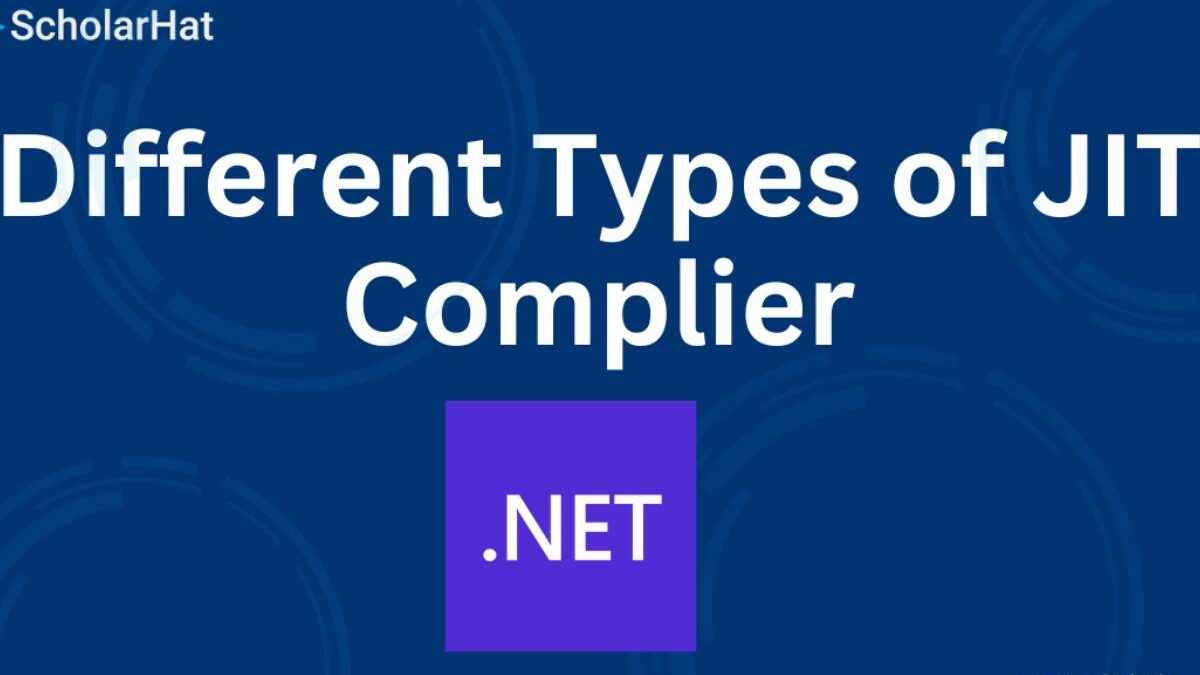Just-in-time compiler is the performance optimization process in Java-based applications during the run time. It is an essential part of the Java runtime environment. This compiler is one of the essential aspects that will decide the performance of an application for both parties, i.e., the application developer and the end user.
It uses computer programming such as C++, Java, and other modern scripting languages Such as Jython. A Just In time compiler’s primary process is to improve a program’s runtime performance by converting high-level code, such as bytecode, into native machine code before execution.
Benefits of a Just-in-Time Compiler
- JIT compiler will compile the hot parts of the court that will save memory when compared to compiling the entire program ahead of time.
- It will translate executed code frequently into native machine code kama. This will significantly improve the runtime performance of an application.
- The best part about this is that the byte code used here can be used on different platforms with the accurate virtual machine, eventually allowing platforms for independence.
- These compilers will adapt to the runtime surrounding, enhancing the code for specific hardware and usage patterns of the program.
How does it Work?
The working of a just-in-time compiler is a long process. But let us briefly discuss it.
- The first process is a compilation, where you write code in a language like Java. The source code is first compiled into a byte code with the help of a traditional compiler. Then, bytecode is platform-independent and can run on any system with a compatible virtual machine.
- This Java virtual machine will interpret the bytecode when this program is executed. This process involves repeated translating bytecode instructions into machine code as a program runs. This process is slow.
- The runtime performance is improved with the help of the time compiler. Since it monitors the execution of the program, it will then translate these bytecode instructions Into native machine code and also store it as memory.
- Once all the parts of the court are compiled into native machine code. Then the program will be executed into sections much faster than interpreting bytecode.

